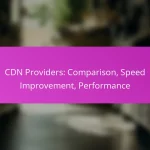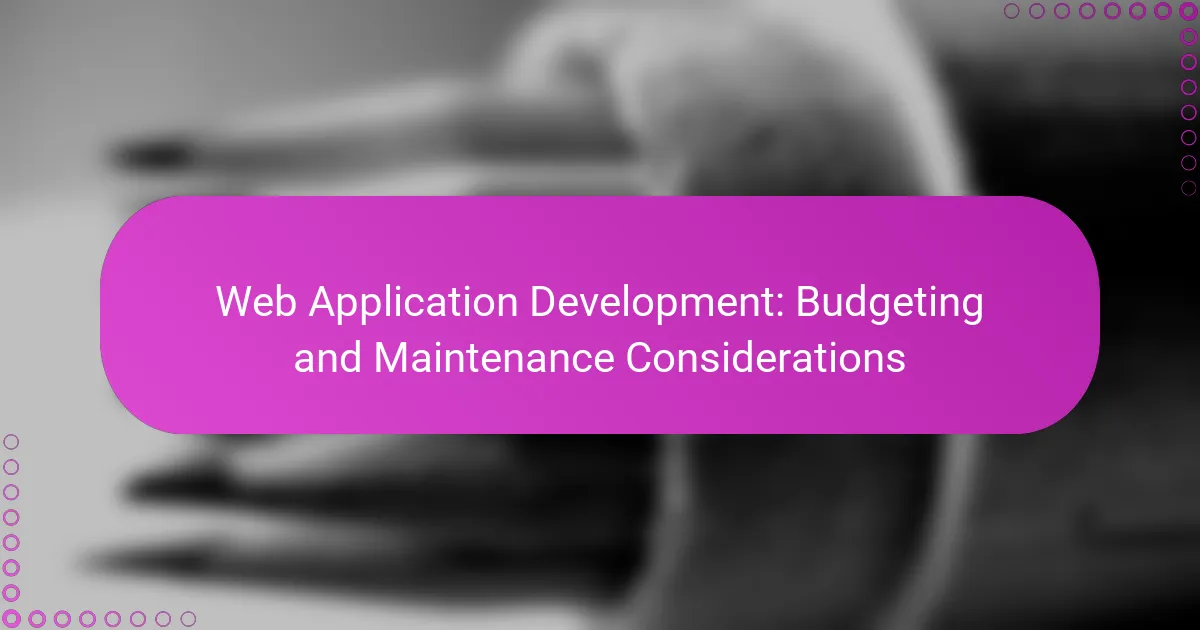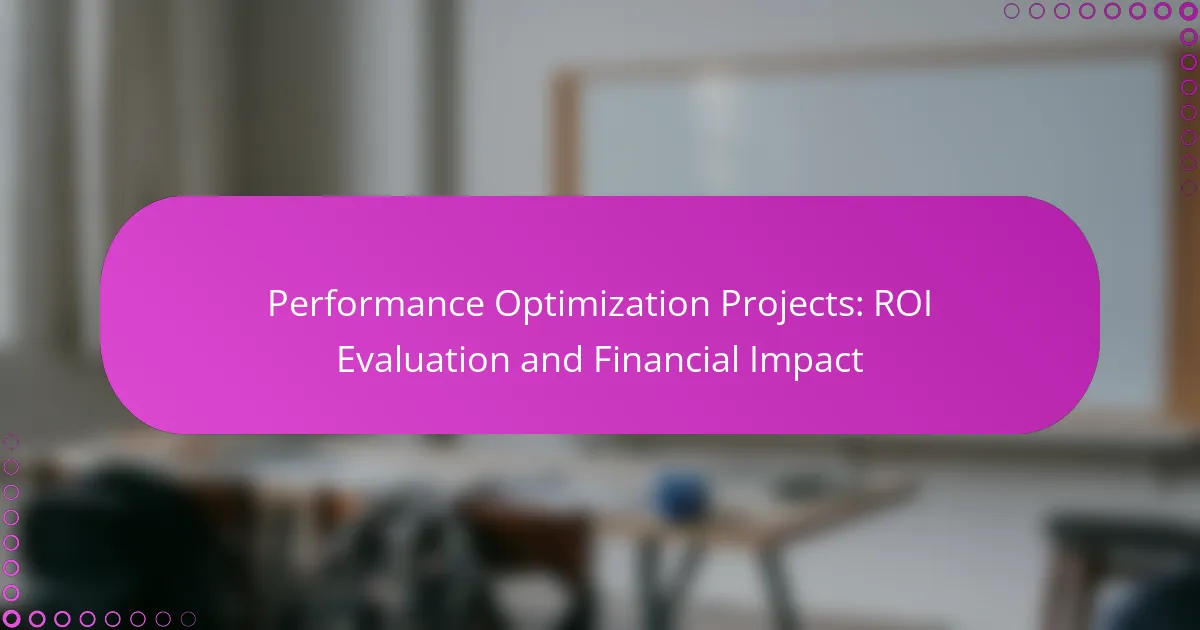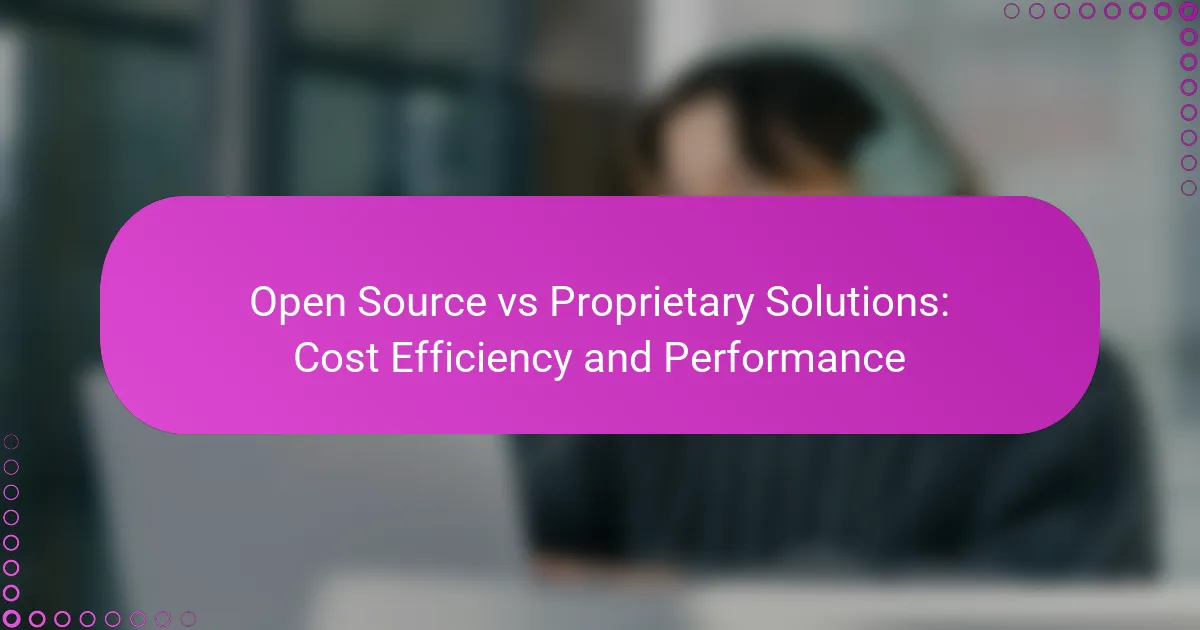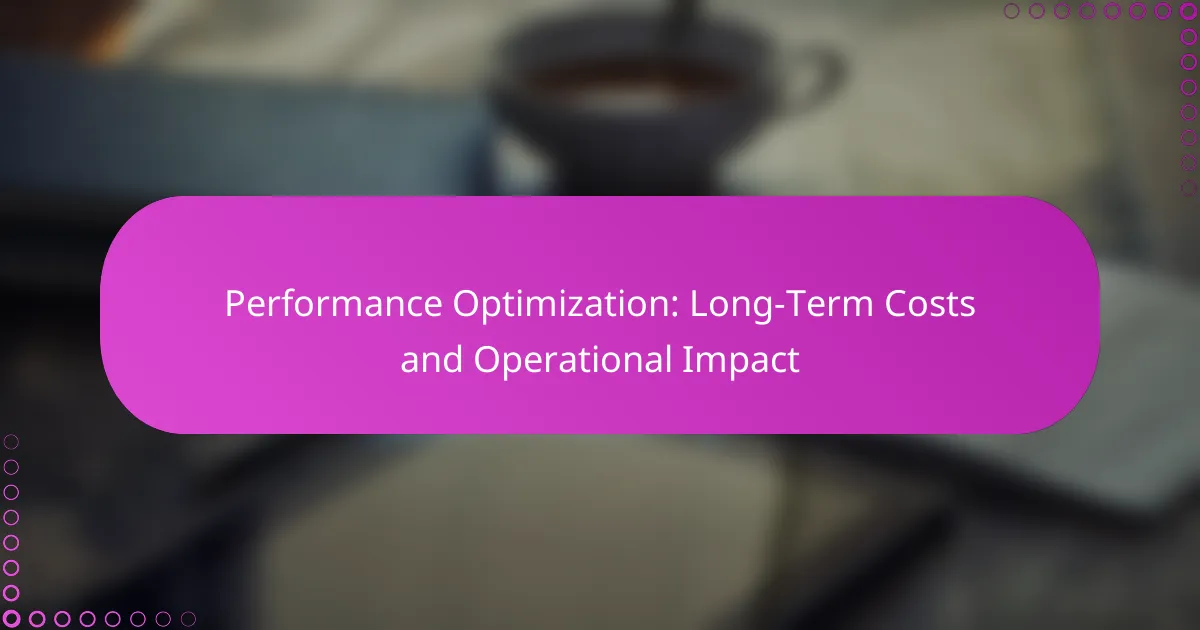Web application development requires careful budgeting to account for various costs, including design, development, hosting, and ongoing maintenance. A well-planned budget not only helps manage financial resources effectively but also ensures that the application meets its functional requirements. Additionally, regular maintenance is essential for keeping the application secure, optimized, and user-friendly over time.

What are the budgeting considerations for web application development?
Budgeting for web application development involves understanding various costs associated with the project, including development, hosting, maintenance, integrations, and scaling. Each of these factors can significantly influence the overall financial commitment required to successfully launch and sustain a web application.
Development costs
Development costs encompass the expenses related to designing, coding, and testing the web application. These costs can vary widely based on the complexity of the project, the technology stack used, and the expertise of the development team. For instance, hiring a freelance developer may cost between $25 to $150 per hour, while a full-service agency might charge $100 to $300 per hour.
It’s essential to define the project scope clearly to avoid scope creep, which can lead to unexpected costs. Consider using agile methodologies to manage development efficiently, allowing for iterative progress and adjustments based on feedback.
Hosting expenses
Hosting expenses refer to the costs associated with storing and serving your web application online. These can range from shared hosting plans, which may start at around $5 to $20 per month, to dedicated servers or cloud hosting solutions that can cost $100 or more monthly, depending on traffic and resource needs.
When budgeting for hosting, consider factors such as uptime reliability, customer support, scalability options, and security features. Choosing a reputable hosting provider can prevent costly downtimes and performance issues in the long run.
Maintenance fees
Maintenance fees involve ongoing costs to keep the web application running smoothly after launch. This includes regular updates, security patches, bug fixes, and performance optimizations. Maintenance can typically range from 15% to 20% of the initial development costs annually.
Establishing a maintenance plan is crucial to ensure your application remains functional and secure. Consider allocating a dedicated budget for unforeseen issues that may arise, as neglecting maintenance can lead to more significant problems and expenses down the line.
Third-party integrations
Third-party integrations involve connecting your web application with external services or APIs, such as payment gateways, CRM systems, or analytics tools. These integrations can enhance functionality but may also incur additional costs, including subscription fees or transaction charges.
When planning your budget, evaluate the necessity of each integration and its associated costs. Some services may offer free tiers, while others could charge based on usage, so it’s essential to assess your expected volume and choose accordingly.
Scaling costs
Scaling costs arise when your web application needs to accommodate increased user traffic or additional features. As your user base grows, you may need to invest in more robust hosting solutions, additional storage, or enhanced security measures, which can significantly impact your budget.
To prepare for scaling, consider implementing a flexible architecture that allows for easy upgrades. Additionally, monitor user growth trends to anticipate scaling needs and budget accordingly, ensuring you can maintain performance without incurring excessive costs.
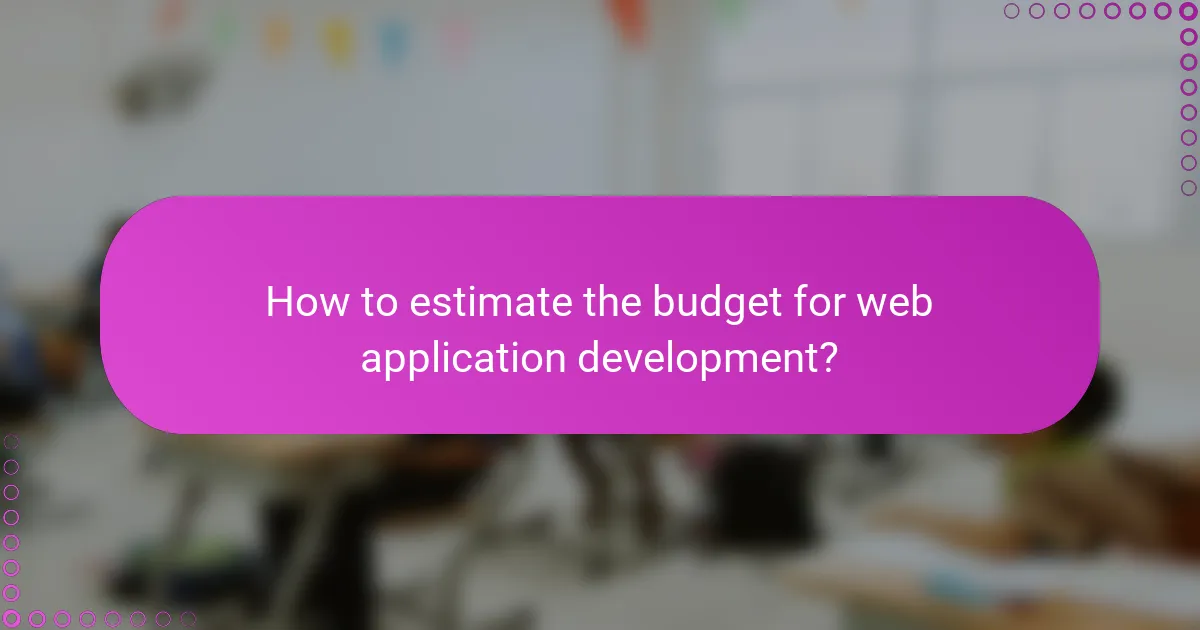
How to estimate the budget for web application development?
Estimating the budget for web application development involves assessing various costs associated with design, development, and maintenance. A well-structured budget helps ensure that the project stays within financial limits while meeting functional requirements.
Cost estimation techniques
Common cost estimation techniques include bottom-up estimating, top-down estimating, and analogous estimating. Bottom-up estimating involves breaking down the project into smaller components and estimating costs for each, while top-down estimating starts with a high-level budget and allocates funds to different areas. Analogous estimating uses historical data from similar projects to predict costs.
For example, if a previous web application cost around $50,000 and had similar features, you might estimate your new project to be in the same range, adjusting for inflation or additional features. It’s crucial to document the assumptions made during estimation for future reference.
Factors influencing budget
Several factors can significantly influence the budget for web application development, including project complexity, team size, and technology stack. More complex applications with advanced features, such as real-time data processing or extensive user interfaces, will typically require a larger budget.
Additionally, the choice of technology can impact costs. For instance, using open-source frameworks may reduce licensing fees, while proprietary software might increase initial expenses. Team size and expertise also play a role; hiring experienced developers may lead to higher upfront costs but can save money in the long run through efficient project execution.
Using budgeting tools
Utilizing budgeting tools can streamline the estimation process and help track expenses throughout the project. Tools like Microsoft Excel, Trello, or dedicated project management software can assist in creating detailed budgets and monitoring spending against the initial estimates.
When selecting a budgeting tool, consider its features, ease of use, and integration capabilities with other software. A well-chosen tool can provide real-time insights into budget status, helping to identify potential overruns early and allowing for timely adjustments. Regularly updating the budget based on actual expenditures is essential for maintaining financial control.

What are the ongoing maintenance requirements for web applications?
Ongoing maintenance for web applications involves regular updates, security monitoring, user support, and performance optimization. These activities ensure that the application remains functional, secure, and user-friendly over time.
Regular updates
Regular updates are crucial for maintaining the functionality and security of web applications. This includes updating software libraries, frameworks, and plugins to their latest versions to patch vulnerabilities and improve performance.
Establish a schedule for updates, such as monthly or quarterly, depending on the application’s complexity and usage. Regularly reviewing release notes from your technology stack can help you stay informed about necessary updates.
Security monitoring
Security monitoring involves continuously checking for vulnerabilities and threats to your web application. Implementing tools for automated vulnerability scanning and intrusion detection can help identify potential issues before they become critical.
Consider using services that provide real-time alerts for suspicious activities. Regularly reviewing access logs and user activities can also help in identifying unauthorized access attempts.
User support
User support is essential for addressing issues that users may encounter while using the application. Providing multiple channels for support, such as email, chat, or a helpdesk, can enhance user satisfaction and retention.
Establish a system for tracking support requests and responses to ensure timely resolution. Regularly updating FAQs and support documentation can also empower users to solve common issues independently.
Performance optimization
Performance optimization focuses on improving the speed and efficiency of your web application. Regularly monitoring load times and user interactions can help identify bottlenecks that may affect user experience.
Consider implementing caching strategies, optimizing images, and minimizing server response times. Tools like Google PageSpeed Insights can provide actionable recommendations for enhancing performance.

How to choose a web application development partner?
Choosing a web application development partner involves assessing their expertise, reviewing their portfolio, and understanding their pricing models. A suitable partner should align with your project needs and budget while demonstrating a proven track record in delivering quality applications.
Evaluating expertise
When evaluating expertise, consider the partner’s technical skills, industry experience, and familiarity with the latest technologies. Look for developers proficient in relevant programming languages and frameworks that suit your project requirements.
Additionally, check for certifications or partnerships with technology providers, as these can indicate a higher level of competence. A partner with experience in your specific industry can also offer valuable insights and best practices.
Assessing portfolio
Reviewing a development partner’s portfolio is crucial to understanding their capabilities and style. Look for case studies that demonstrate successful projects similar to yours, focusing on functionality, design, and user experience.
Pay attention to the diversity of their work, as a varied portfolio can indicate adaptability and creativity. Don’t hesitate to ask for references from previous clients to gain insights into their collaboration and project outcomes.
Understanding pricing models
Understanding the pricing models used by potential partners is essential for budgeting effectively. Common models include fixed-price contracts, time and materials, and retainer agreements. Each model has its pros and cons, depending on project scope and flexibility needed.
For instance, fixed-price contracts may suit well-defined projects, while time and materials can be better for projects with evolving requirements. Always clarify what is included in the pricing and any potential additional costs to avoid surprises later on.

